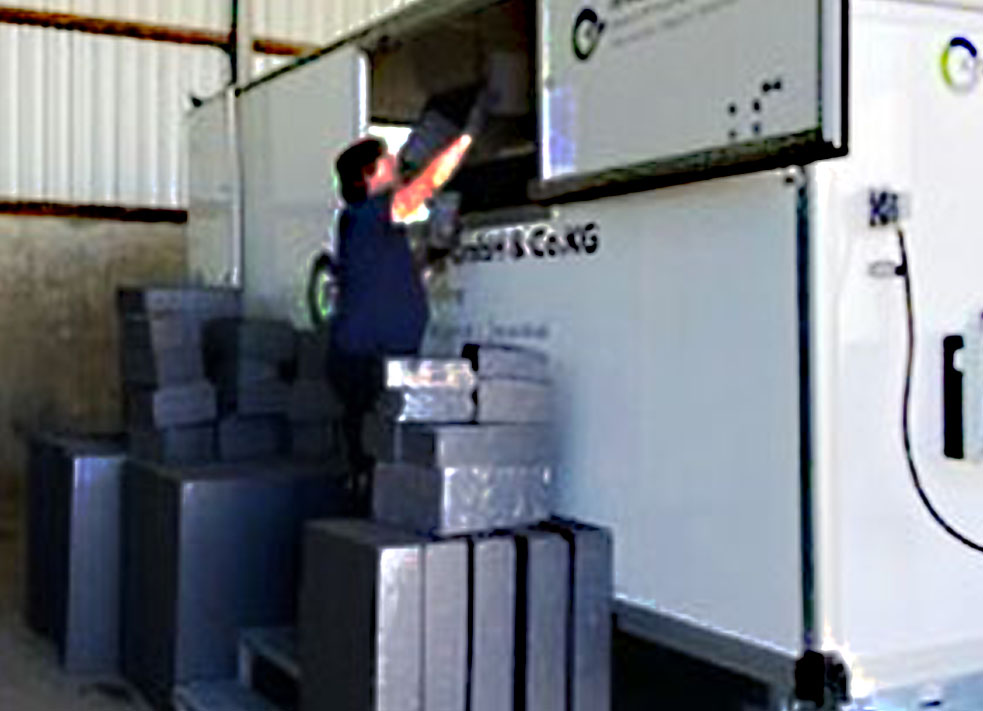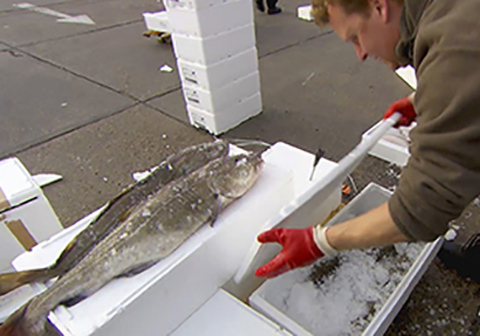
EPS is 98% air, with good thermal insulation and high impact resistance
In response to a recent Daily Mail article criticising Expanded Polystyrene (EPS), the British Plastics Federation wrote to the newspaper, expressing concern at some of the claims that were made. The newspaper published the letter in its print edition on 26 April 2024 (page 50).
The letter provided by the BPF stated:
EPS originated in 1949 and was invented by the scientist Dr. Fritz Stastny at BASF, who developed the polymerisation of a chemical process to create expanded polystyrene.
There are common misperceptions about EPS, but it is a material that is lightweight as it is 98% air, with good thermal insulation and high impact resistance, low water absorption and thermal conductivity and mechanical resistance, making it an excellent material property within the construction and packaging sectors.
Using EPS in the construction industry allows significant savings on heating and cooling buildings, resulting in a drastic reduction in emissions due to its thermal insulation properties improving energy efficiency. Likewise in the packaging sector, EPS packaging protects products, which in turn helps to reduce waste, and as the material is lightweight, it helps to reduce fuel consumption.
EPS is 100% recyclable and widely recycled with thousands of tonnes recycled every year from the UK and data from 2020 showed 55% of EPS packaging disposed of in the UK was recycled (see the BPF’s Recycling Roadmap for sources and a breakdown of this figure). Alongside this, EPS is currently recycled in at least 38 countries over four continents. Recent reports by Conversio and the European Commission’s Joint Research Centre (JRC) highlight the remarkable progress achieved.
Alongside this, the Ellen McArthur Foundation published its Plastic Initiative 2023 Recycling Rate Survey in which EPS for insulated and protective packaging is no longer covered by the ‘Global Commitment’, as it is recognised by the Ellen MacArthur Foundation that EPS transport packaging (insulated and protective) is recycled at “scale and in practice” across the world.
Some European countries have excellent recycling rates. In Norway, for instance, the recycling rate exceeds 70%, while in Denmark, Portugal, Belgium, Austria and Ireland the recycling rate is above 50% (all statistics from Conversio). After reviewing the data, the Ellen MacArthur Foundation acknowledged EPS fish boxes and white goods EPS protective packaging are indeed not only recyclable, but actually recycled.
EPS does not have inherent health and safety risks; it meets all the international health regulations and fully complies with direct food contact regulatory standards which is why it is a material widely used to package food and pharmaceuticals. For reference see food contact materials regulations for the UK’s Food Standards Agency.
Chemical regulatory bodies go through a rigorous and thorough process of scientific risk assessments to set exposure limits and determine safe thresholds for chemicals that come into contact with everyday products and EPS is safe and does not pose a threat to human health and safety.
Styrene occurs naturally at low levels in foods such as vegetables, fruits, nuts, beer, and spices and there is no cause for concern from exposure at these levels, which are similar to those found in commercially available products.
The EPS industry shares concerns about the marine environment and is fully committed to protecting the environment in general from any negative impacts. Although there have been multiple studies on microplastics in the environment, research is in its infancy. Further research on how/ where microplastics are found, the type and more importantly their impacts on human health and the environment are required to fully understand the impacts of commercially available microplastics.
There have been multiple studies on EPS found in the marine environment and studies have suggested that EPS equates to a minor fraction of the plastics that enter the ocean, estimated at between 0.05 – 3%. This coincides with data in a 2018 Great Pacific Garbage Patch Report that concluded that all foamed plastics accounted for 0.5%. Similarly, less than 1% of all litter items found on EU beaches have been clearly identified as polystyrene. EPS transport packaging is only a small subset of these findings.
The EPS industry is supportive and embraces the Operation Clean Sweep initiative, which aims to ensure that plastic pellets, flakes, and powders that pass through manufacturing facilities in the UK are handled with the care they deserve and do not end up in rivers or seas. The EPS industry has made a commitment to adhere to best practice and implement systems to play their part in protecting the environment.
Claims about the prevalence of EPS in the marine environment that are not backed up by scientific studies could arguably distract policymakers from addressing the issue of fugitive plastics in an optimal manner.



































